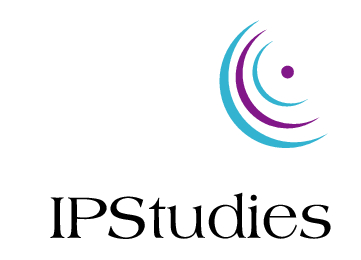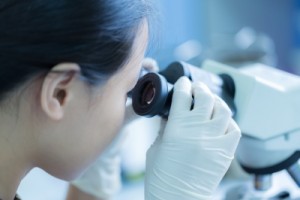What is the latest IP situation of the People’s Republic of China in the CRISPR patent landscape? As announced in major media in April 2015, Chinese academic researchers have edited the genome of non-viable human embryos using the CRISPR/Cas9 system, triggering the on-going debates on human genome engineering ethical aspects. The presence of Chinese players, both academic and industrial, in the CRISPR patent landscape is also confirmed by our recent findings.
Category: Orienteering
IP management practices – Co-inventors with different interests
Another outstanding pattern out of the CRISPR patent landscape is the complexity of inventorship and invention assignment tracking. The initial discoveries were conducted by multiple international teams; sometimes on their own, sometimes out of a formal collaborative research agreement, sometimes out of less formalized scientific research collaboration. This is again reflected in the resulting patent prosecution histories.
IP management practices – How early inventor collaboration can help faster granting at USPTO
In the CRISPR-CAS patent landscape, the file history of US patent 8’697’359 by Dr. Feng Zhang from the Broad Institute highlights how a “get this one granted fast” IP strategy can be enforced in IP management practice with a strong collaboration from the inventors, at least in the USPTO prosecution, and especially in a research field where a large part of the prior art is academic.
IP management practices – Findings from the CRISPR-Cas landscape
When initially building our CRISPR-Cas patent landscape database over this summer, we were surprised by some unusual inventor patterns. As we now monitoring deeper into this data subset for our customers, we are further amazed by how some inventors and applicants are already strongly defending their IP position by various means in the diversity of international patent prosecution law practices – an IP management lesson of its own!

